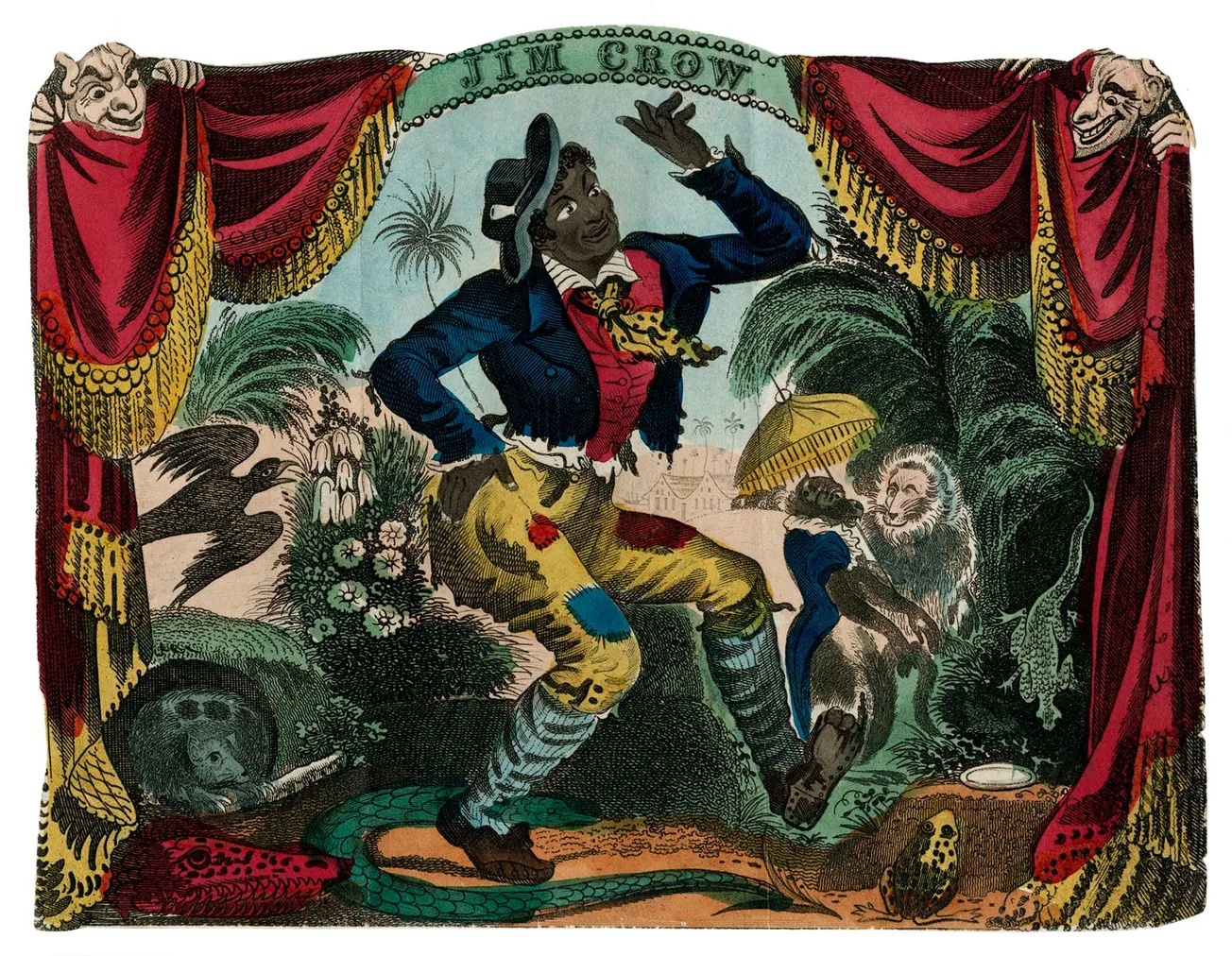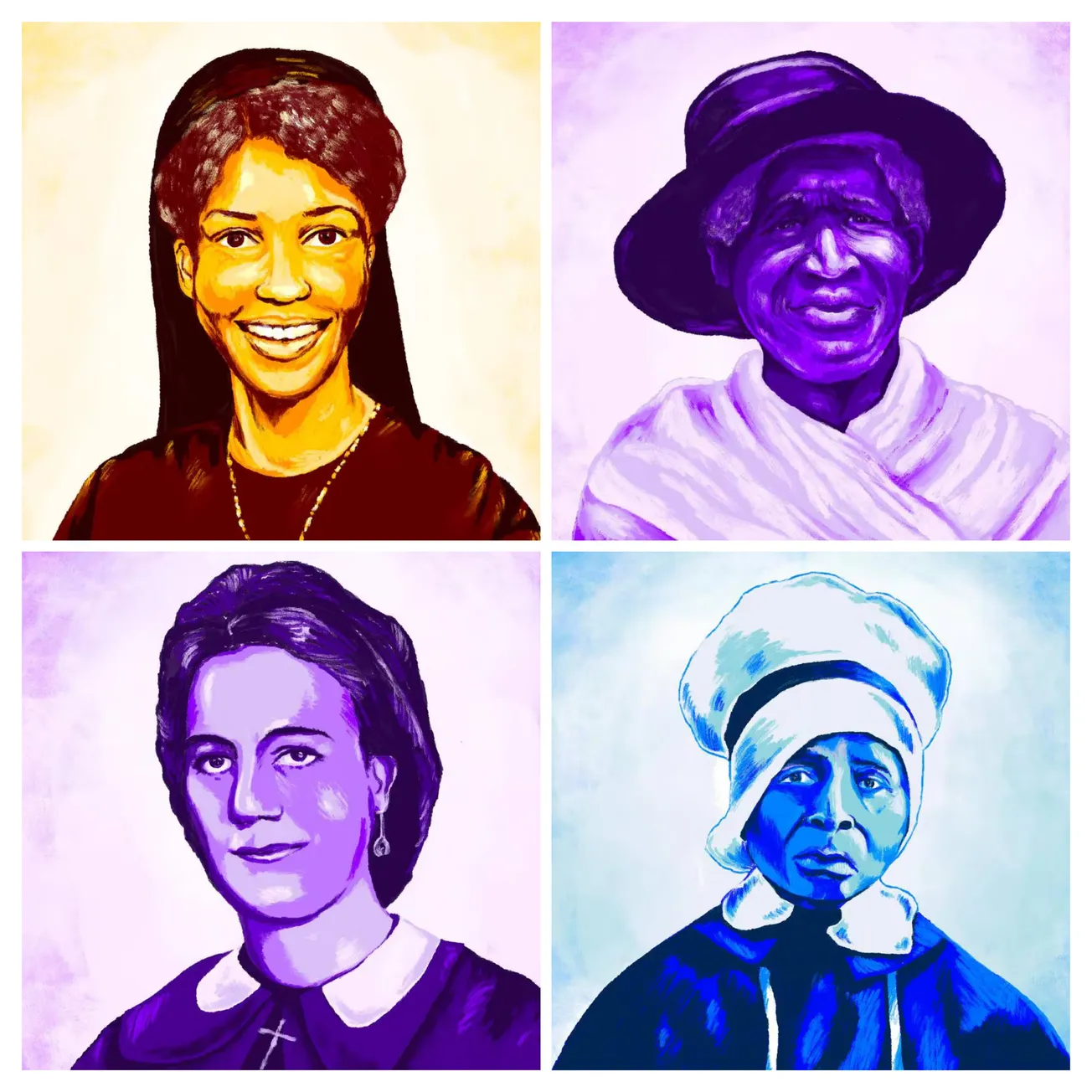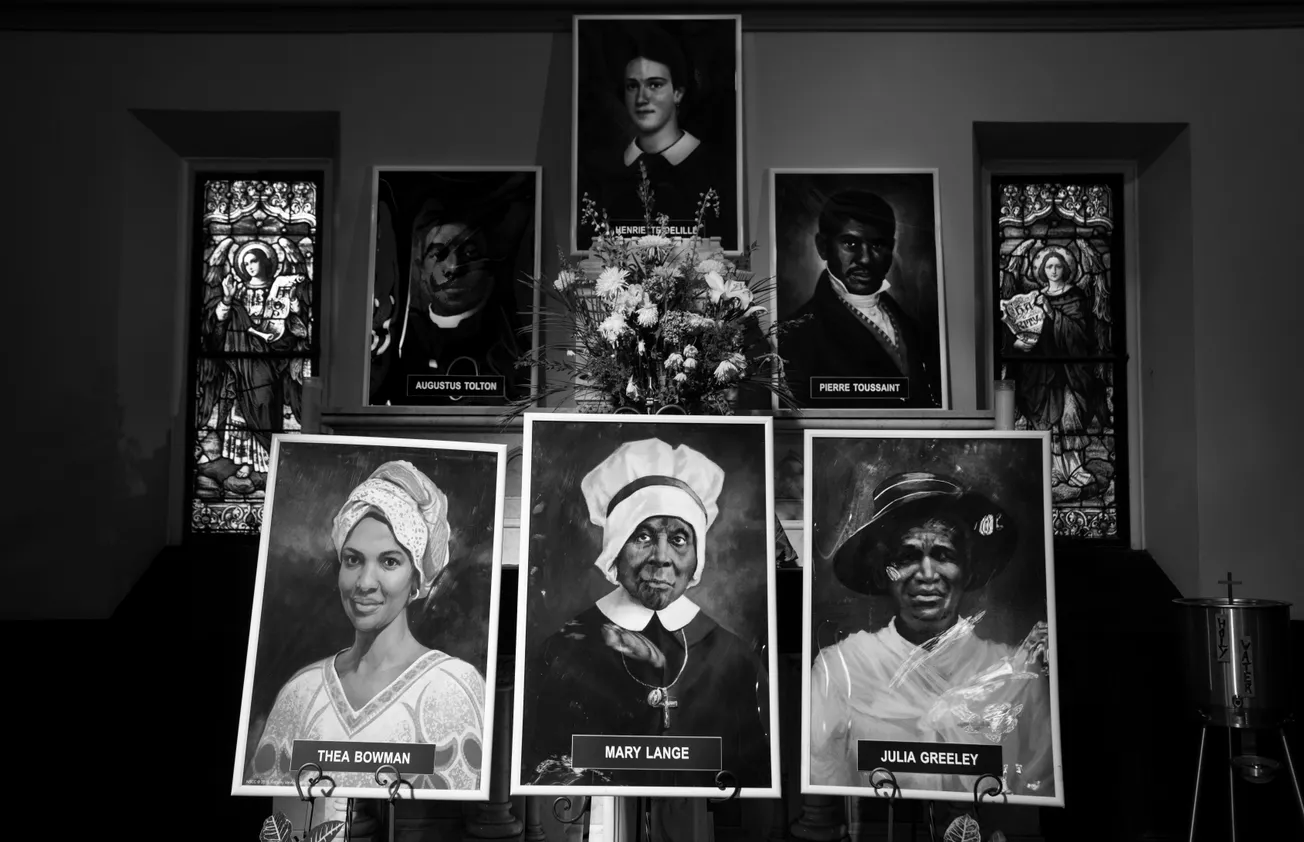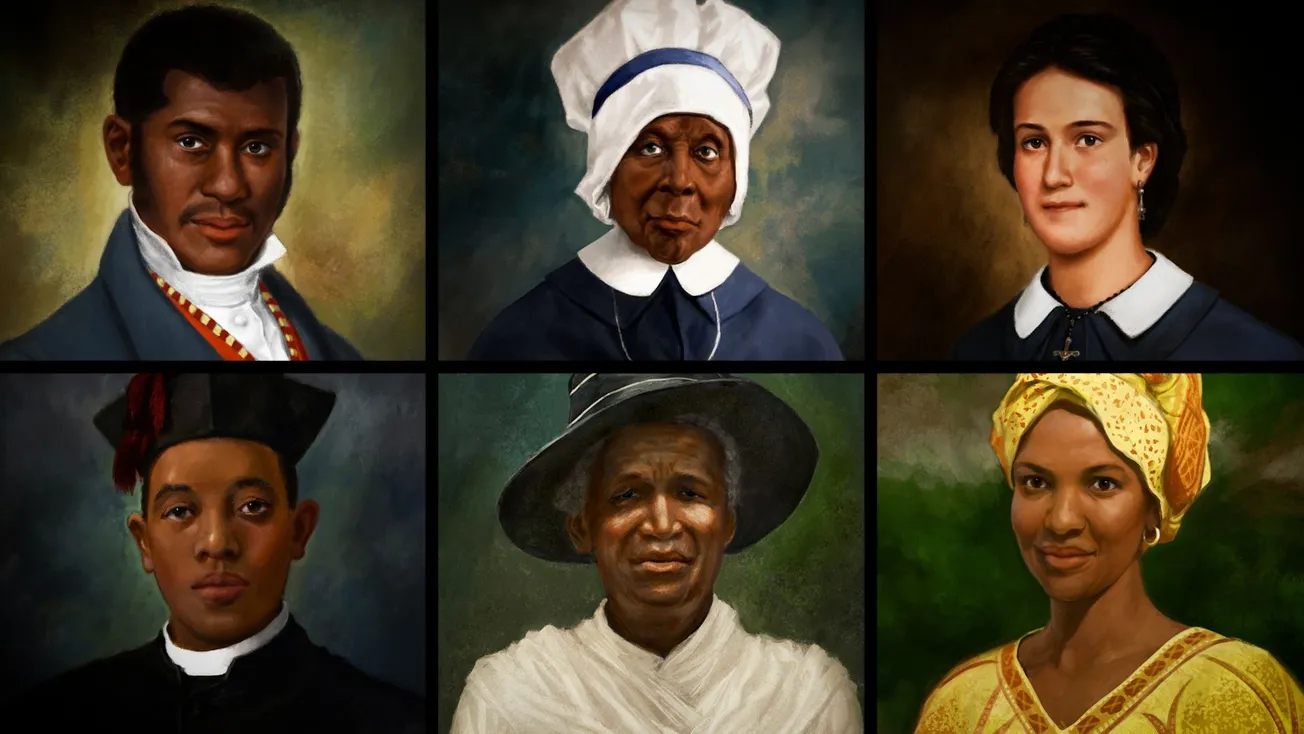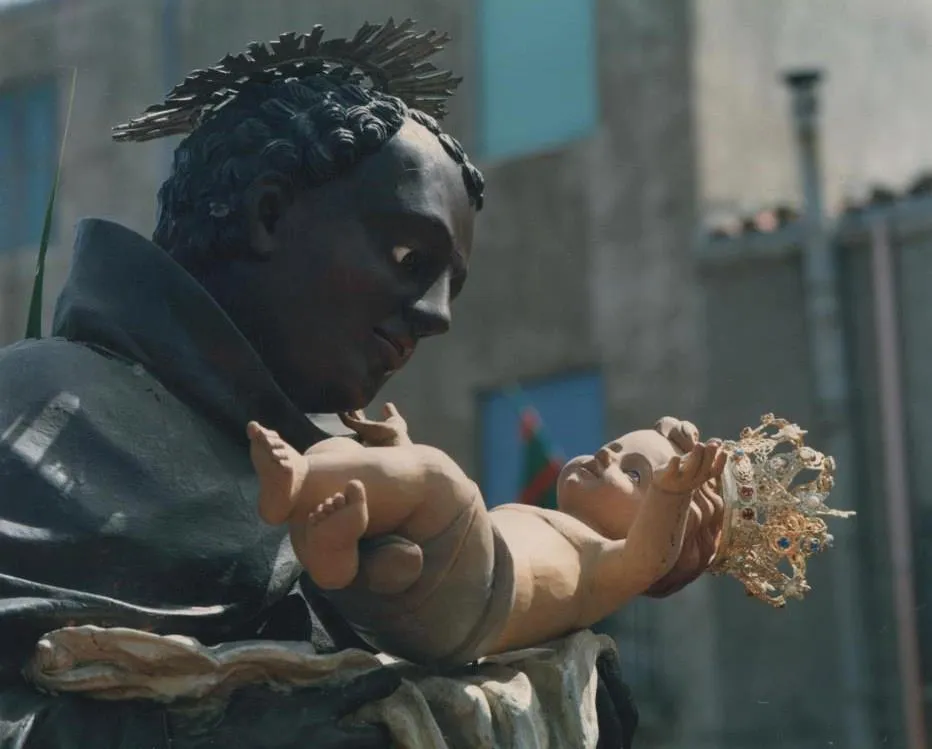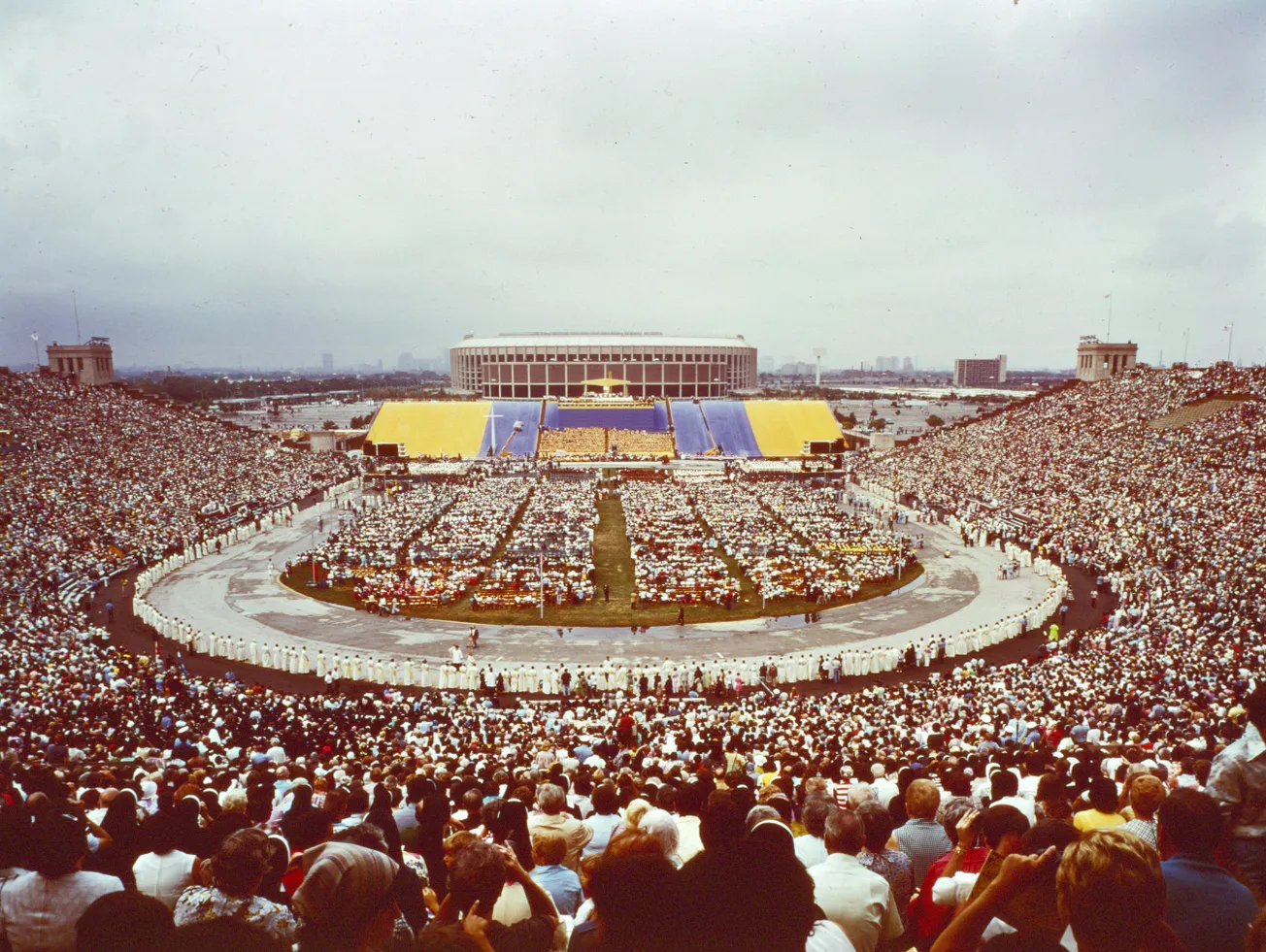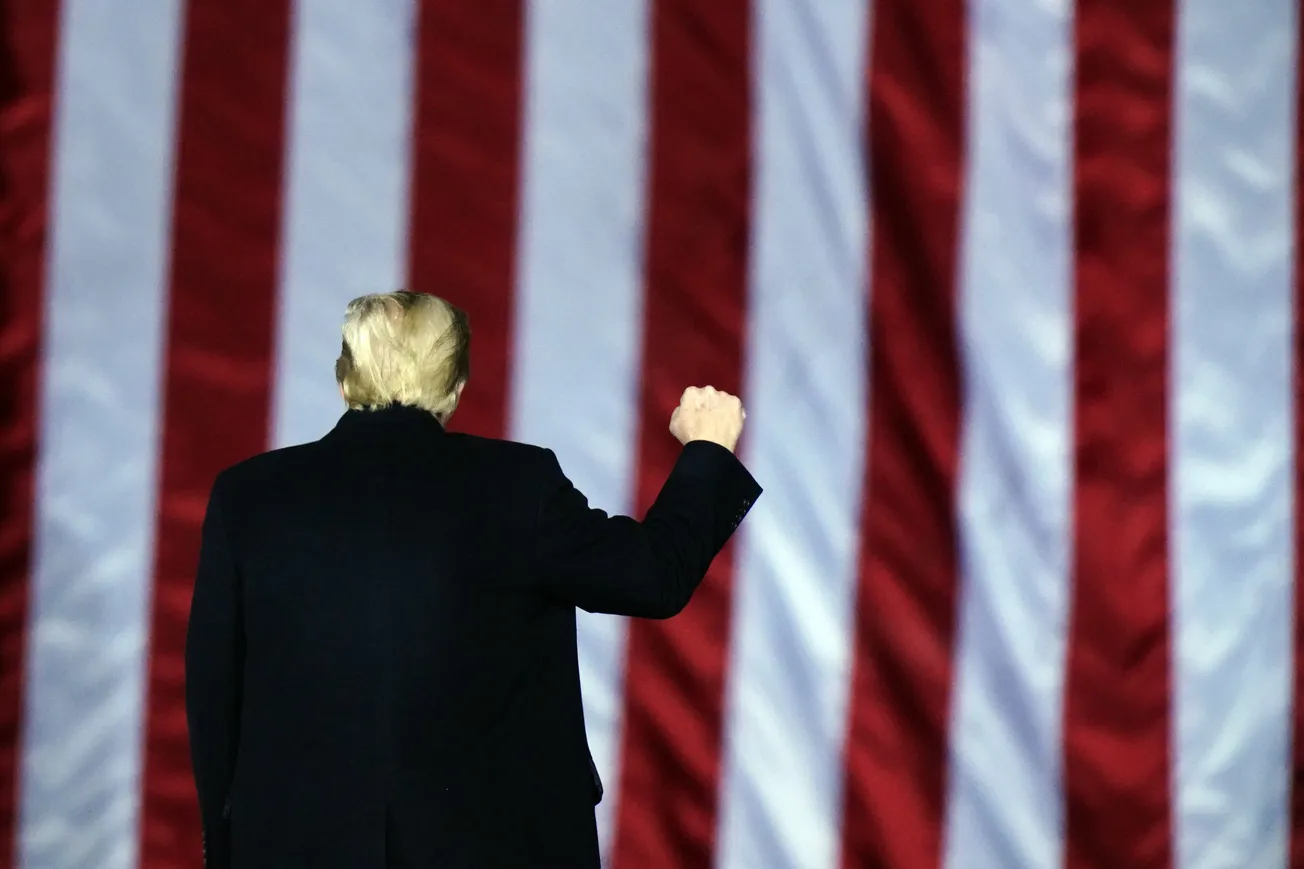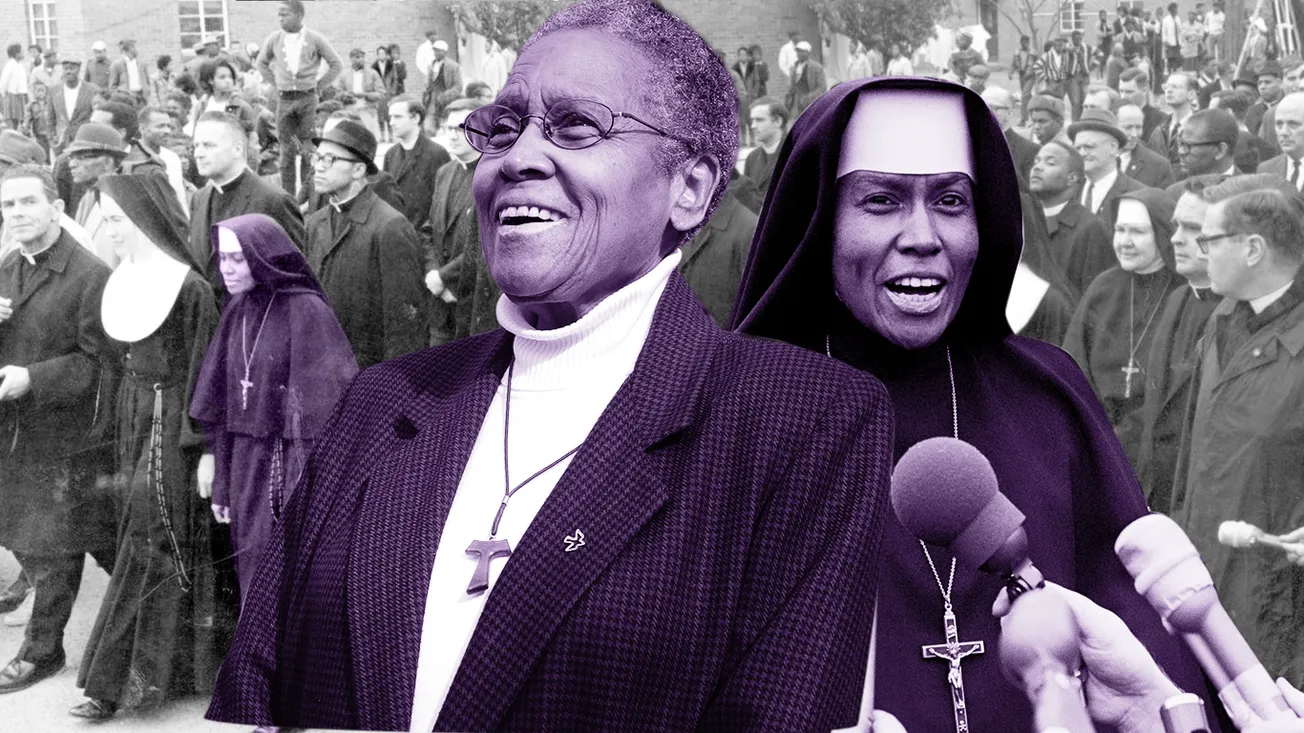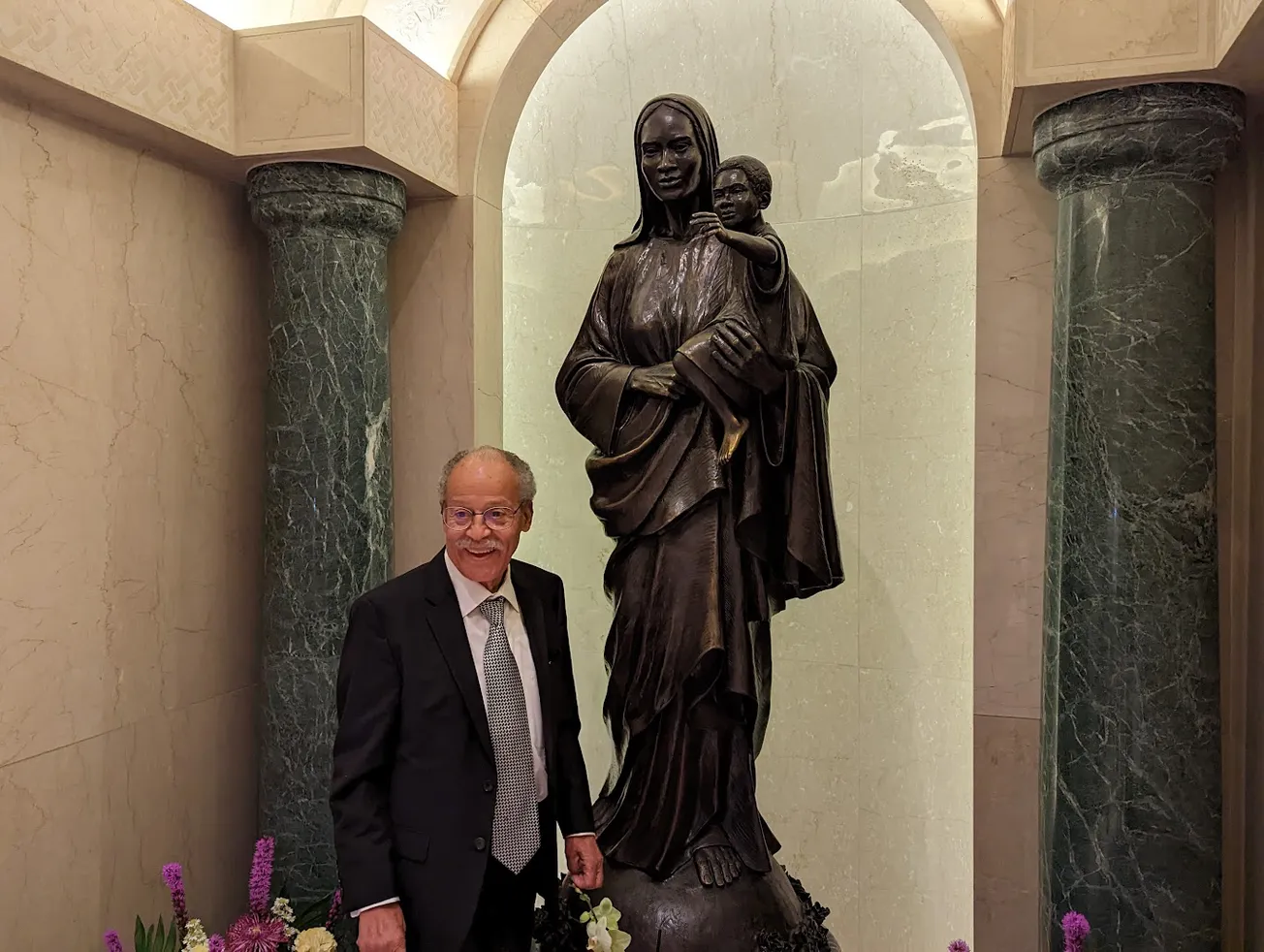If Jim Crow were an actual man, would he have been made a saint before the six Black candidates in waiting?
Saint Jim Crow… how does that sound?
“Jim Crow” was not an actual human being back in the day. It is a name attached to the system of segregation and discrimination, particularly in but not limited to the American South. The origin of the title goes back to the 1830s and was used for entertainment by Whites mocking African Americans by singing and dancing in Blackface.
The Jim Crow system put into place following the abolition of American slavery was not only the separation of Blacks from Whites but also the denigration of the former by legalizing White Supremacy, White privilege, and White advantage. Whites said “no” to racially integrated schools, neighborhoods, workplaces, voting, and representation in the halls of justice and on ballots for election days.
White Supremacy is not only an operating system, it is a belief system. History now reminds us of how the Catholic Church in America, for the most part, practiced racial segregation: we could not enter the all-White convents, seminaries, schools, hospitals, cemeteries, and churches—even the ones we helped build. And once Black Catholics were admitted to church services, they were required to sit apart from White congregants in the back, off to the side, or in the choir loft. Black nuns were not permitted to teach Black children in some Catholic schools. Once they were admitted into all-White orders, they were assigned to cook, do laundry, do housekeeping, answer the phone, and take care of the grounds while the White nuns taught and administered.
Simply put, White folks didn’t have a high opinion of Black folks. We were beneath them. Their version of God loved them much more. Jim Crow was able to do what we were not allowed to do—and be. Many who consider themselves good Catholics still harbor feelings of supremacy over Blacks and other persons of color. And it is not just their unfounded thinking (prejudices) but also how it has always been put into action (discrimination).
The Catholic Church hierarchy has always lived with contradictions. While the Baltimore Catechism, a classic teaching tool for Catholic doctrine in school (and Sunday school) classrooms, stated that “God loves everyone equally,” racial segregation has been the practice. And for those who claim, ‘not guilty’ to being bigots because they know nothing about racial segregation in Catholicism, James Baldwin said of them in his important work “The Fire Next Time” that “it is the innocence which constitutes the crime.”
The question for the unholy innocents is this: Now that you’ve been told about White Catholic supremacy, what are you doing to eliminate it?
All should learn some of the following history:
“Beyond the steady closings of Black Catholic Schools and parishes despite Black demands and protests, the National Knights of the Ku Klux Klan’s historic 1974 vote to admit (white) Catholics for the first time in its history proved consequential to Black Catholics. Once reviled and targeted by the nation’s first domestic terrorist group, white Catholics had become worthy of Klan membership because of their widespread opposition to racial justice during the civil rights era.”
(Dr. Shannen Dee Williams, “Subversive Habits: Black Catholic Nuns in the Long African American Freedom Struggle”
According to Williams, “Although the US Catholic bishops waited four years to publicly endorse the 1954 Brown decision [desegregating public schools] and even ignored a deathbed order from Pope Pius XII on October 8, 1958, while doing so,” some select White bishops, priests and nuns used the Supreme Court decision to open up their congregations. But there was a tendency to be slow and to make changes on a very small scale.
In these modern times, we are faced with the imminent plan to close more Catholic churches in Baltimore (perhaps in the next 2-3 years), despite previous denials. Black Catholics across the country including in Baltimore have seen and heard it all before. So many in the Catholic Church still look down on us, but now more secretively.
We know there is a history of White Catholicism and White Supremacy practiced hand-in-hand by the Catholic Church in America. With the steady closing of Black Catholic parishes and schools every 10 to 20 years or so, White Catholics have grown megachurches in their suburban hiding places far from racial integration and fearful of Black rage, as evidenced in the uprisings of 1968.
Moreover, to hear that there are no Black Catholic saints from the United States in 2022, after America twice elected its first Black president and the Catholic Church elevated its first African-American cardinal, is upsetting but not surprising. Having no African-American saints means there is no parish in the United States named for an African American. The reality of having no Black American saints contributes to the subliminal seduction of all-White images in Catholic churches across this land—from the statues to the portraits to the stations of the cross, all portrayals of heavenly bodies are all White, all the time.
White Supremacy still lives in the US Catholic Church among members, clergy, and bishops. There is little to no acknowledgment of societal racism from the pulpit. Word has it that people also rarely confess the sins of racial prejudice in confessionals to priests. Our saints are held up by a self-serving, unfair, costly canonization process, while exceptions to the process are made for mostly European White Catholics.
Pope Francis, in an interview earlier this month with representatives of America Magazine at the Vatican, urged Black Catholics not to leave the Church but to deal with America’s bishops and to “resist.” Our Social Justice Committee at St. Ann Catholic Church in Baltimore started our letter-writing campaign to Pope Francis a year ago, sending him 3,000 letters from folks all over the world.
Our mission is focused on righting a horrible wrong: Mother Mary Lange, Father Augustus Tolton, Mother Henriette DeLille, Ms. Julia Greeley, Mr. Pierre Toussaint, and Sister Thea Bowman are clearly saintly persons who gave much more to this world than they ever got back. Yet the Church hasn’t designated them as saints. We are resisting the excuses, the contradictory rules, and the delays and denials of their sainthood.
Our committee is now raising money to travel to Rome to hand-deliver copies of the letters we mailed, which received no acknowledgment from the pope or his US nuncio. We plan to engage in a face-to-face dialogue with Pope Francis and the Dicastery for the Causes of Saints—a committee of cardinals and other leaders that answers to the Holy Father.
We want to know how this absence of US Black Catholic saints is or is not related to the history of White supremacy practiced by Catholics in the United States. We want to understand why there is no discomfit, no urgency to fix this racial segregation in Catholic canonization. We need someone in the highest reaches of the hierarchy to understand why we can no longer wait.
We are resisting, as Pope Francis has now told us to do. On to Rome we go, before someone proposes sainthood for Jim Crow while our Saintly Six are kept waiting.
Ralph E. Moore Jr. is a lifelong Black Catholic, educated by the Oblate Sisters of Providence and the Jesuits. He has served on various committees on race, racism, and poverty for the Archdiocese of Baltimore. He is a married man with two children and four grandchildren. He is currently a weekly columnist for the Afro-American and a member of the St. Ann Social Justice Committee. He can be reached at vpcs@yahoo.com.


